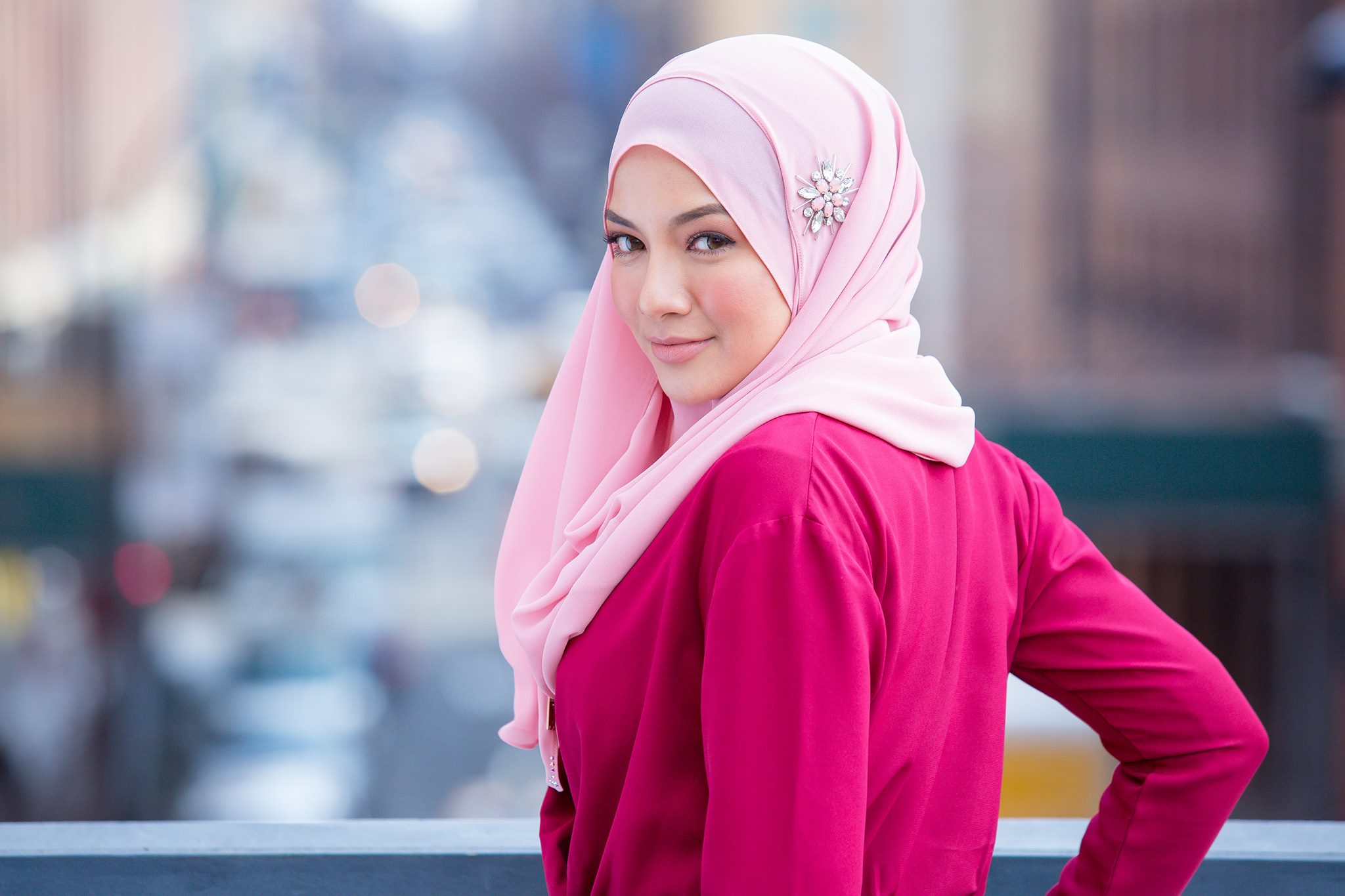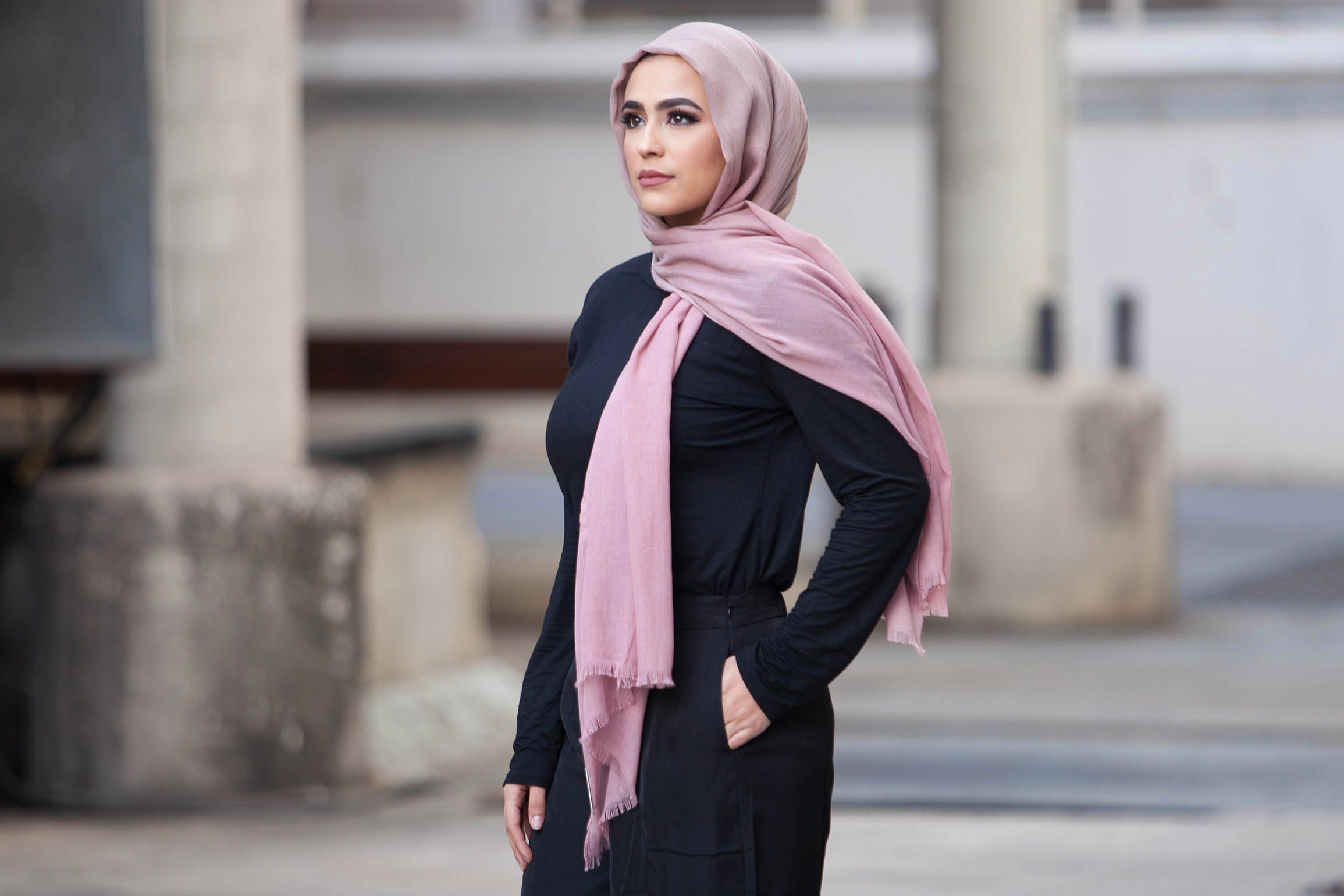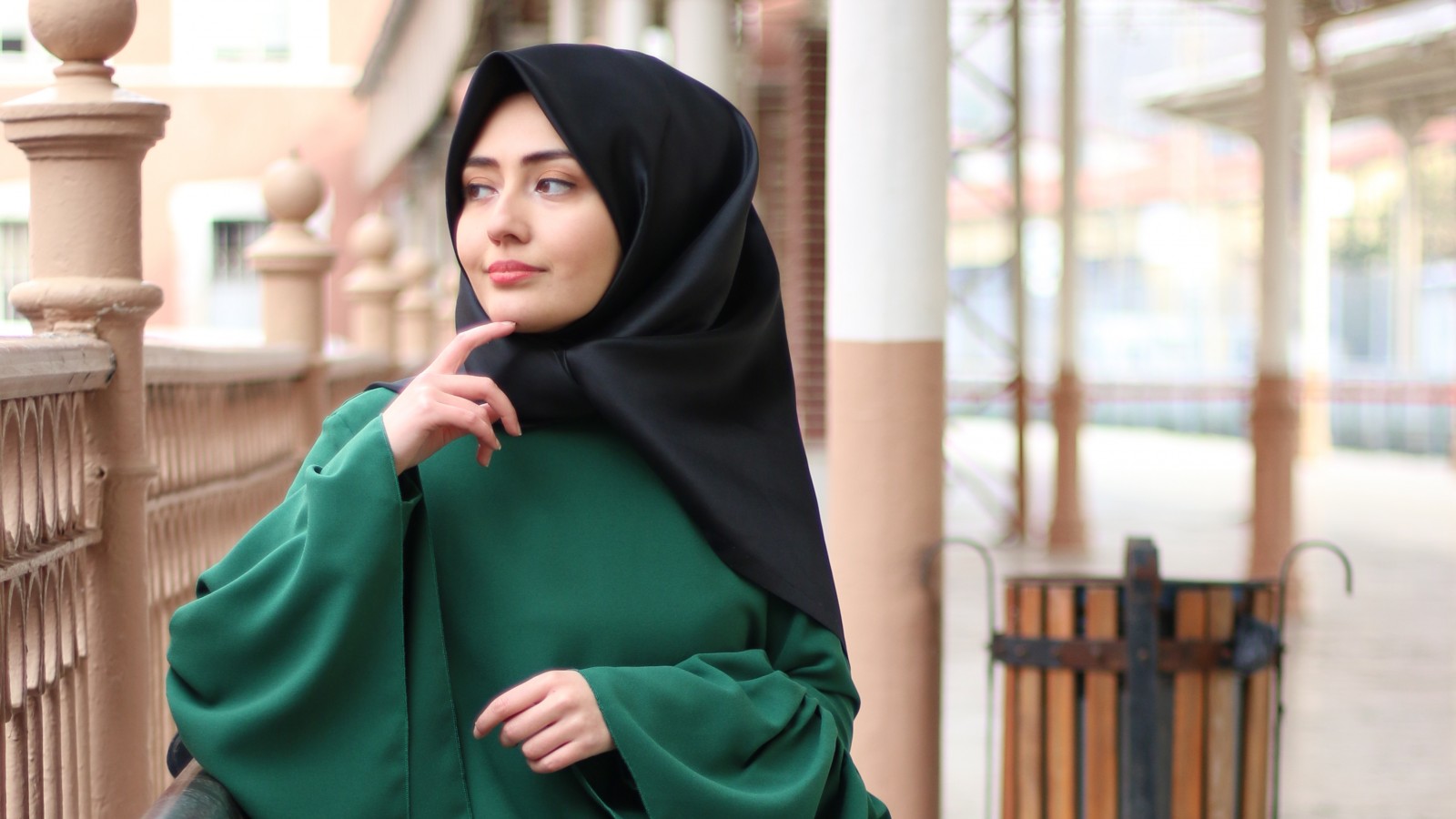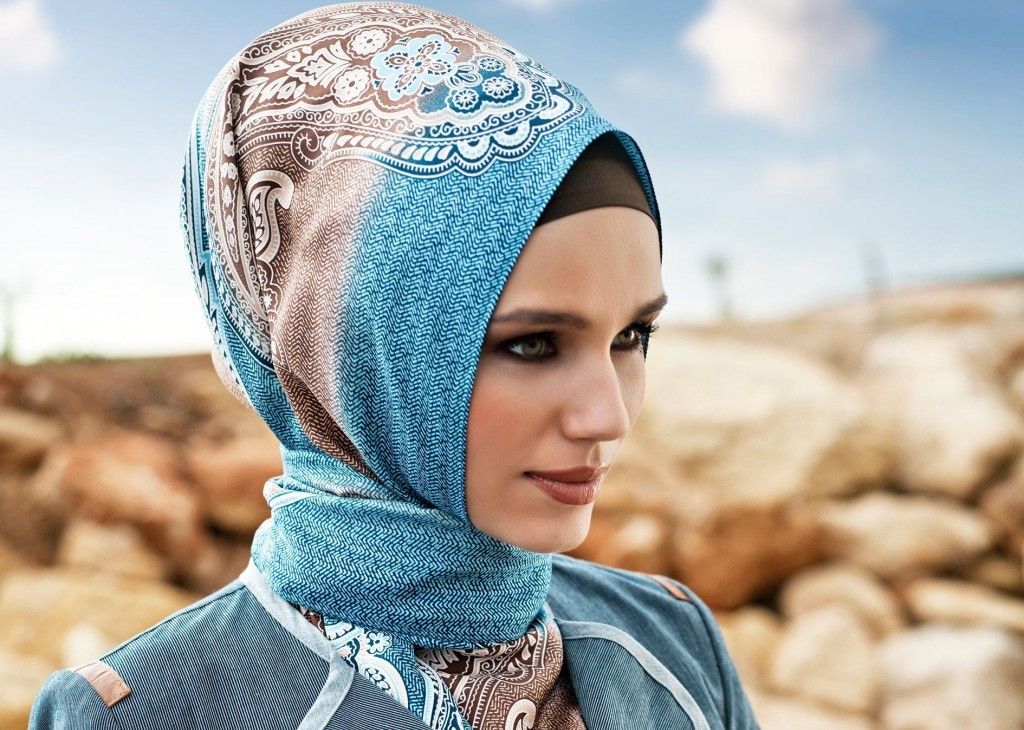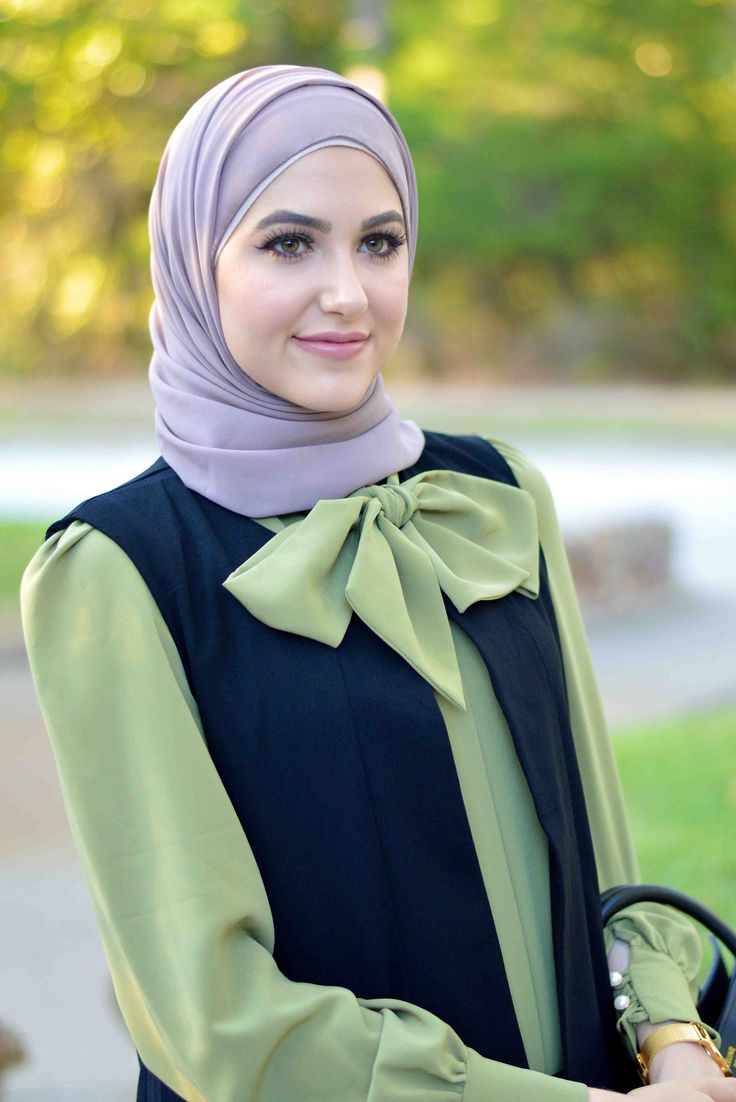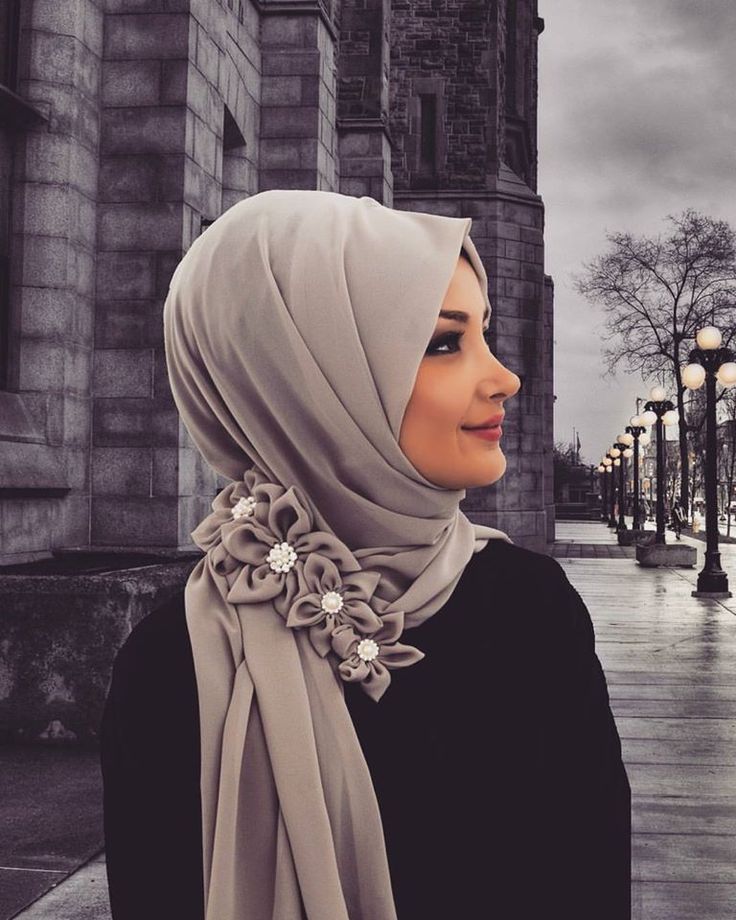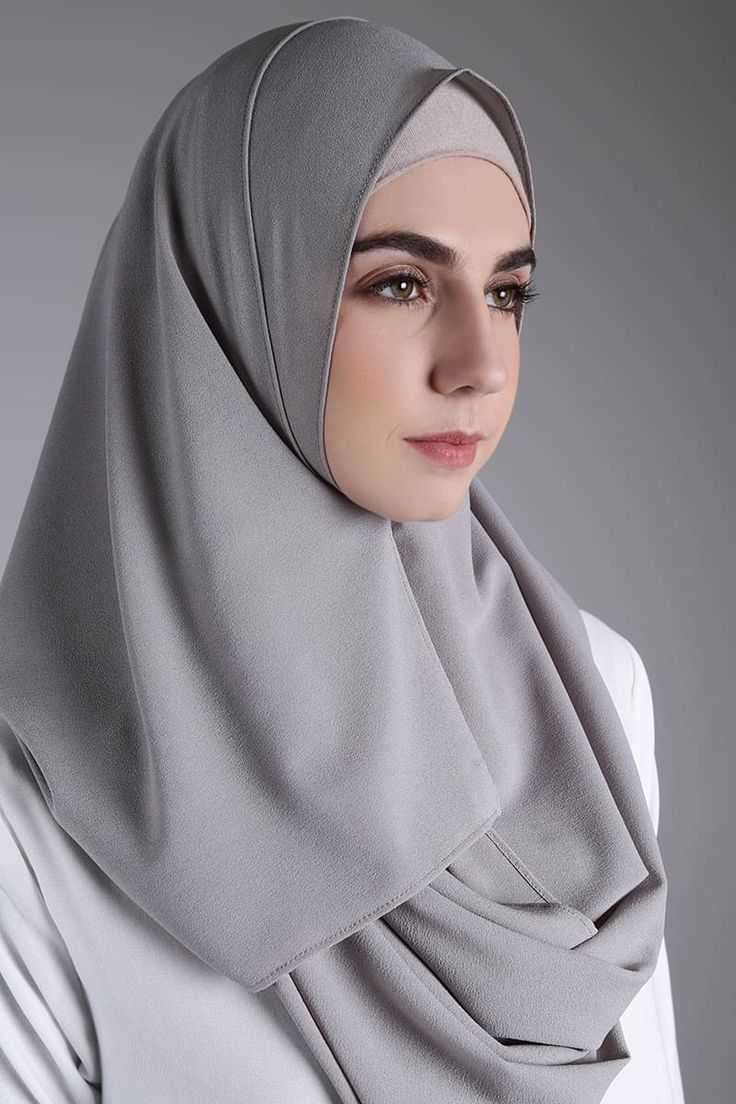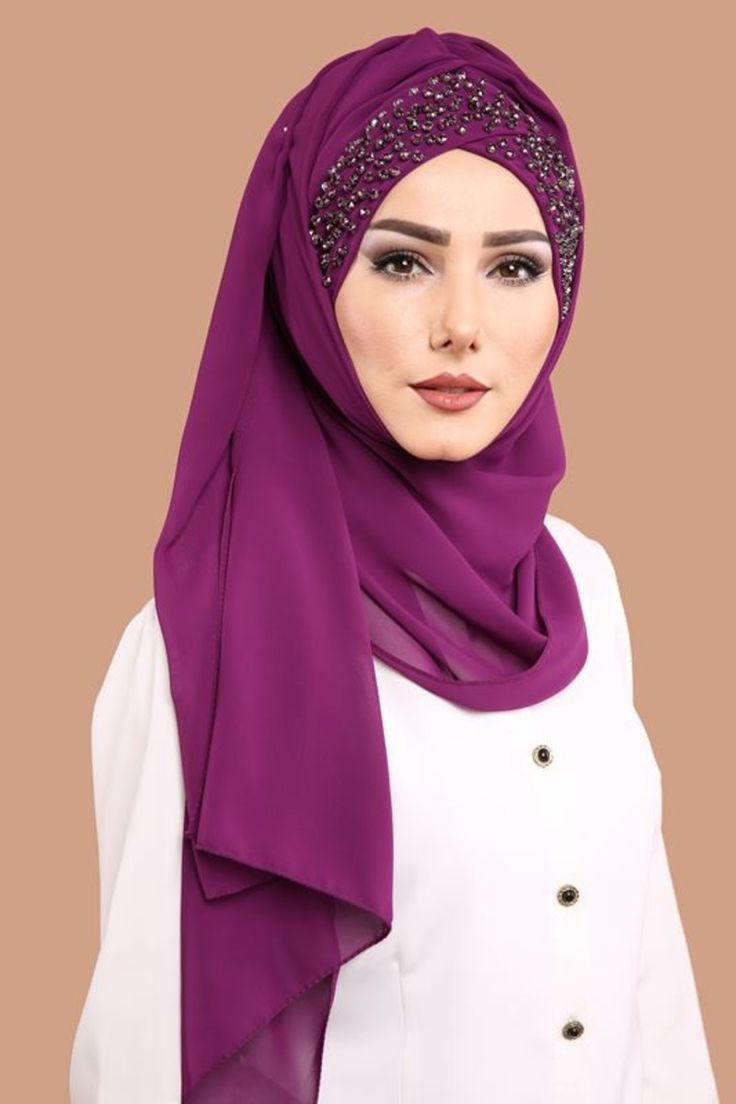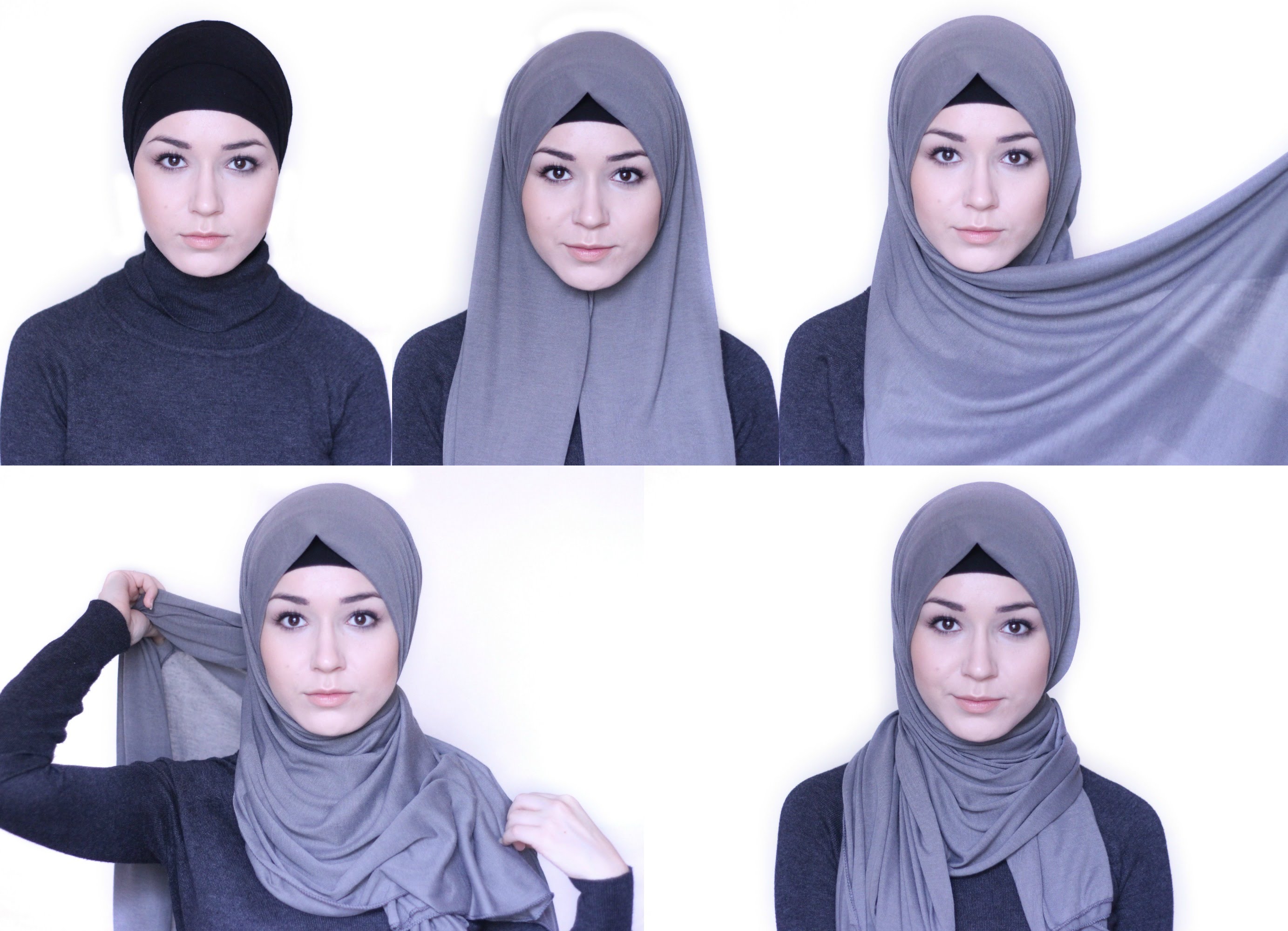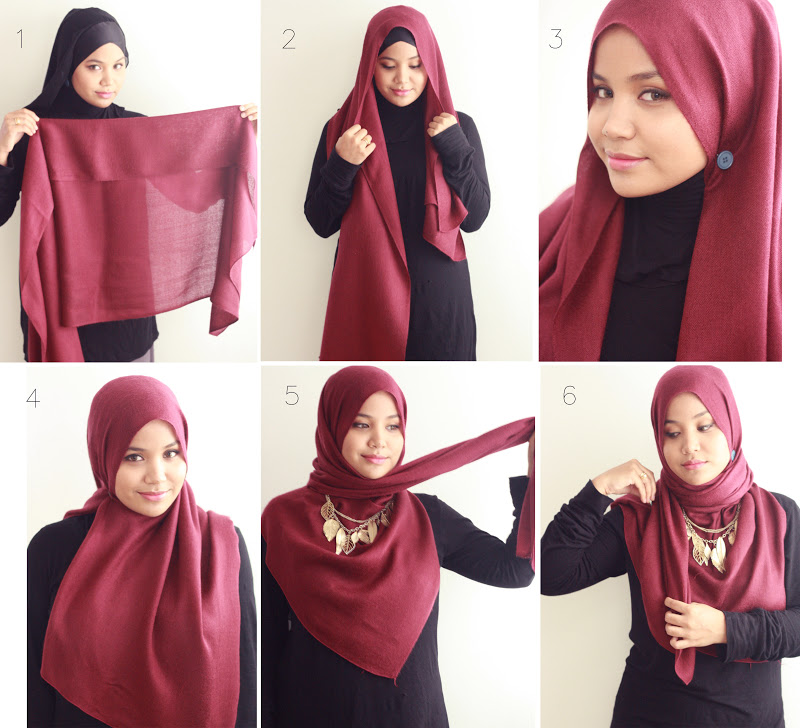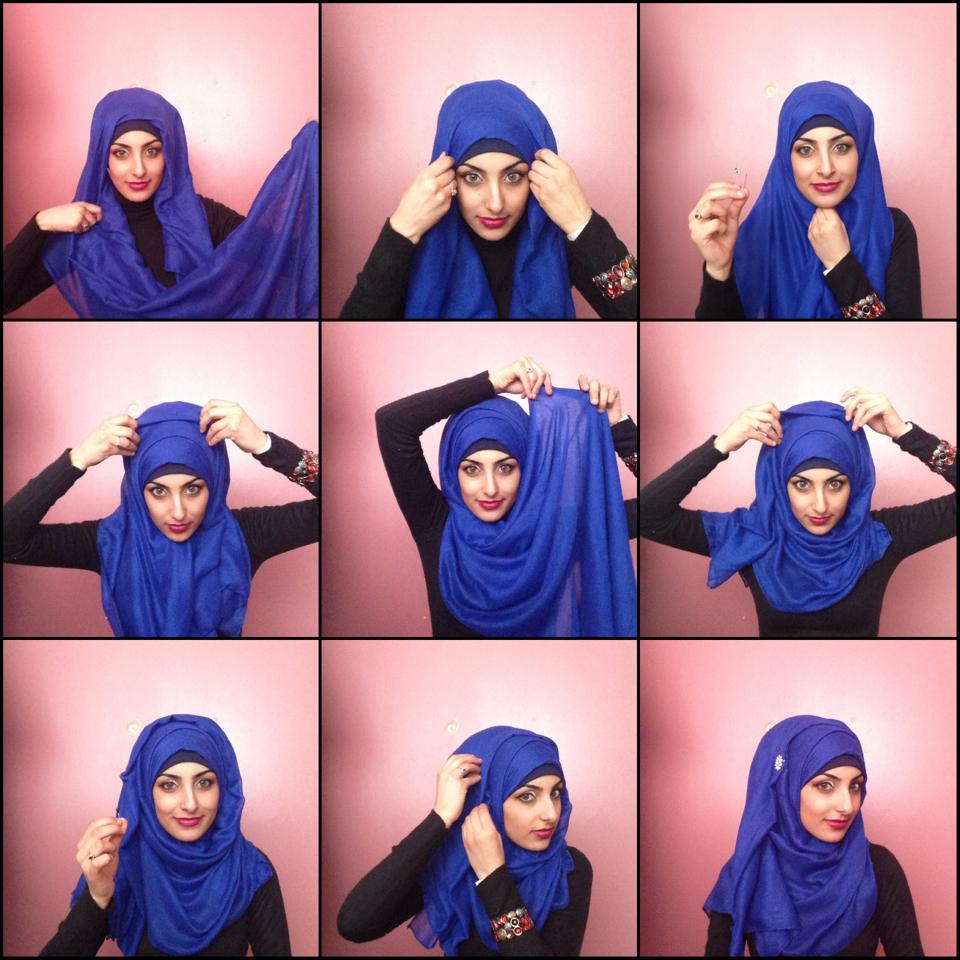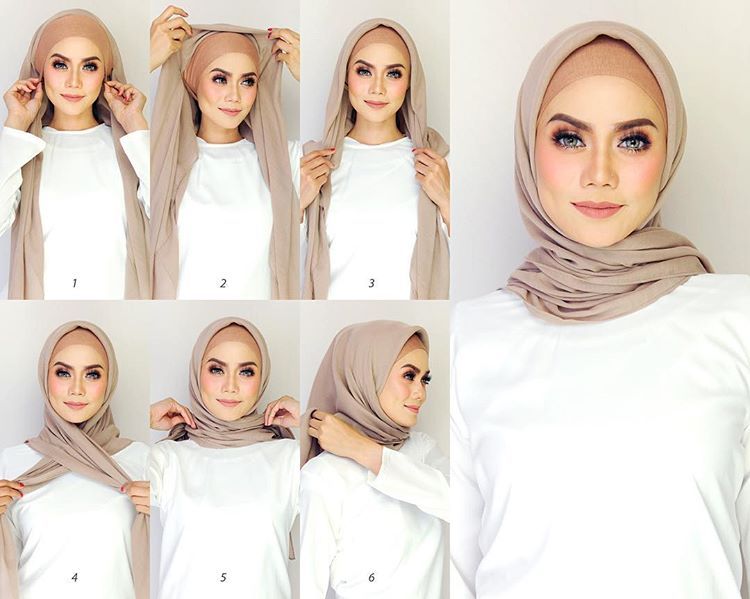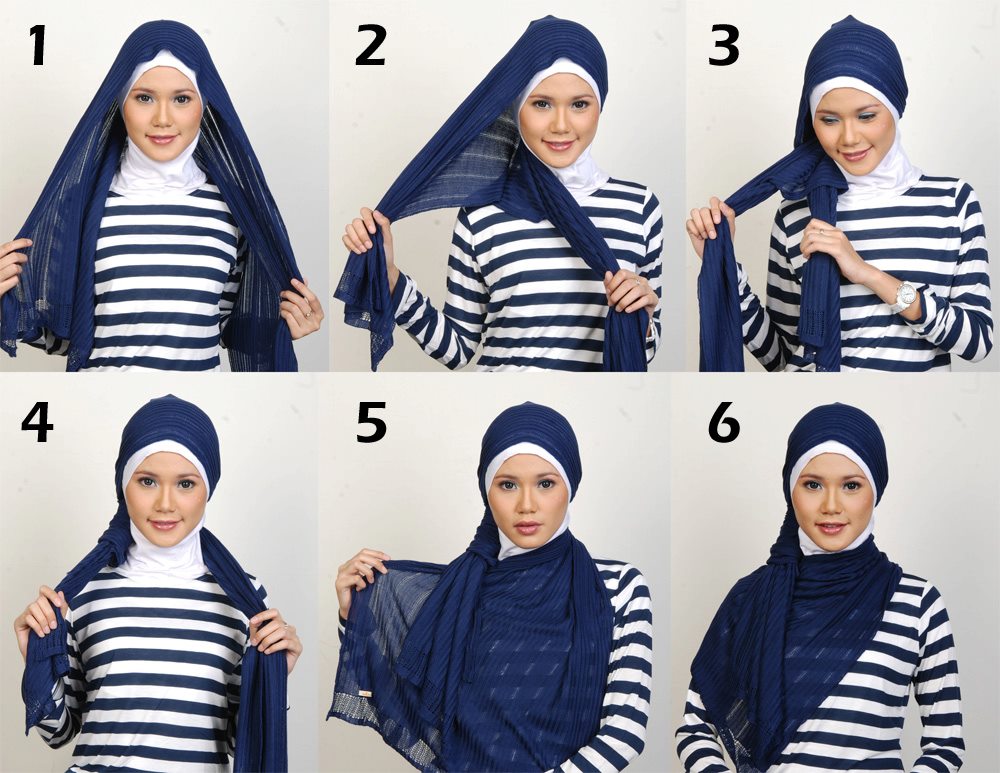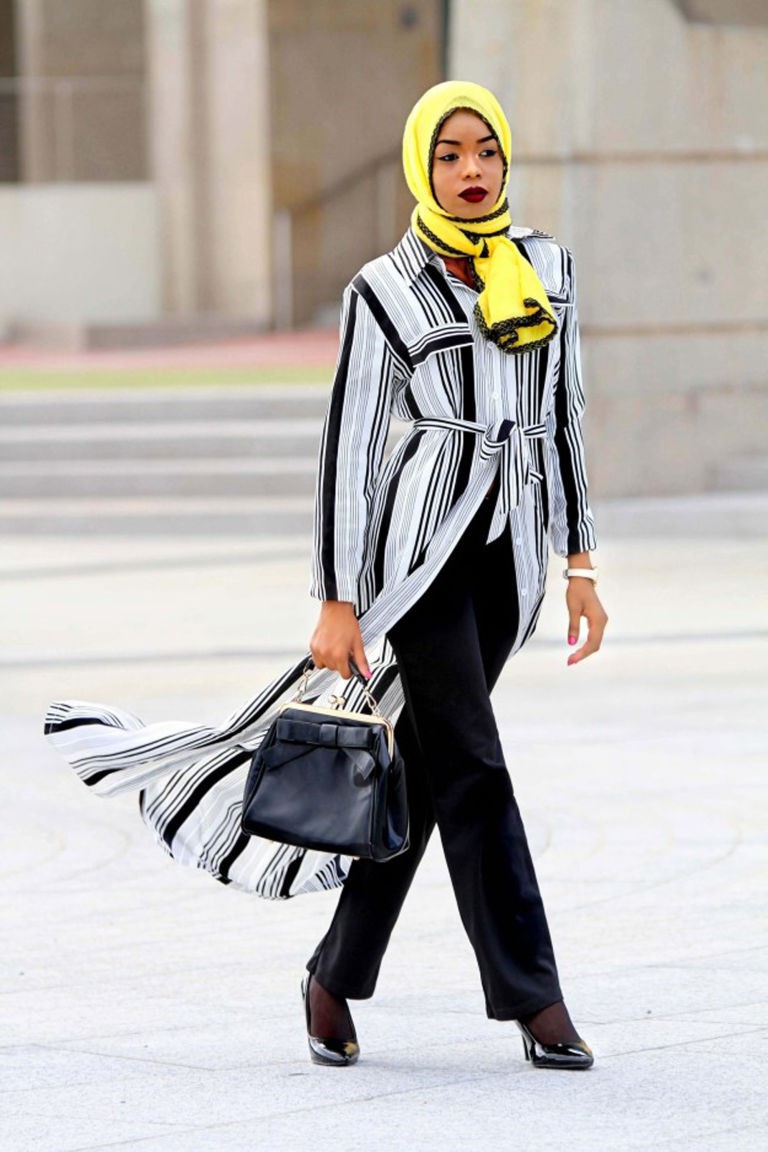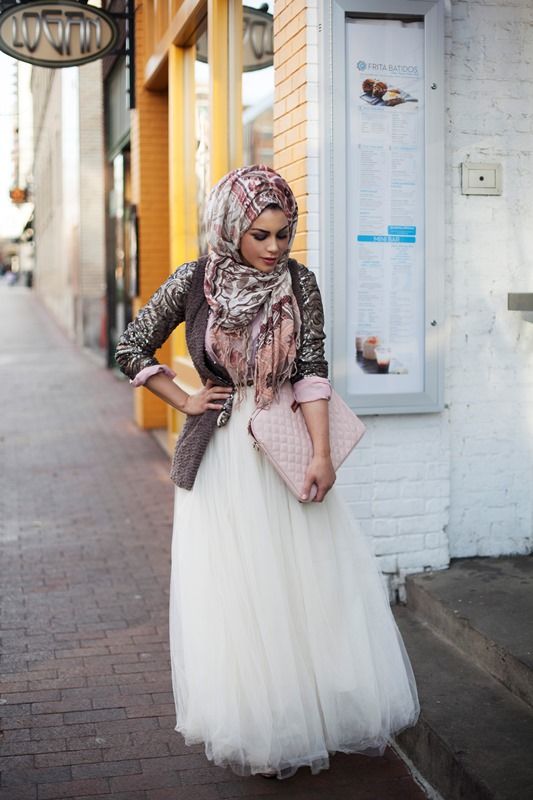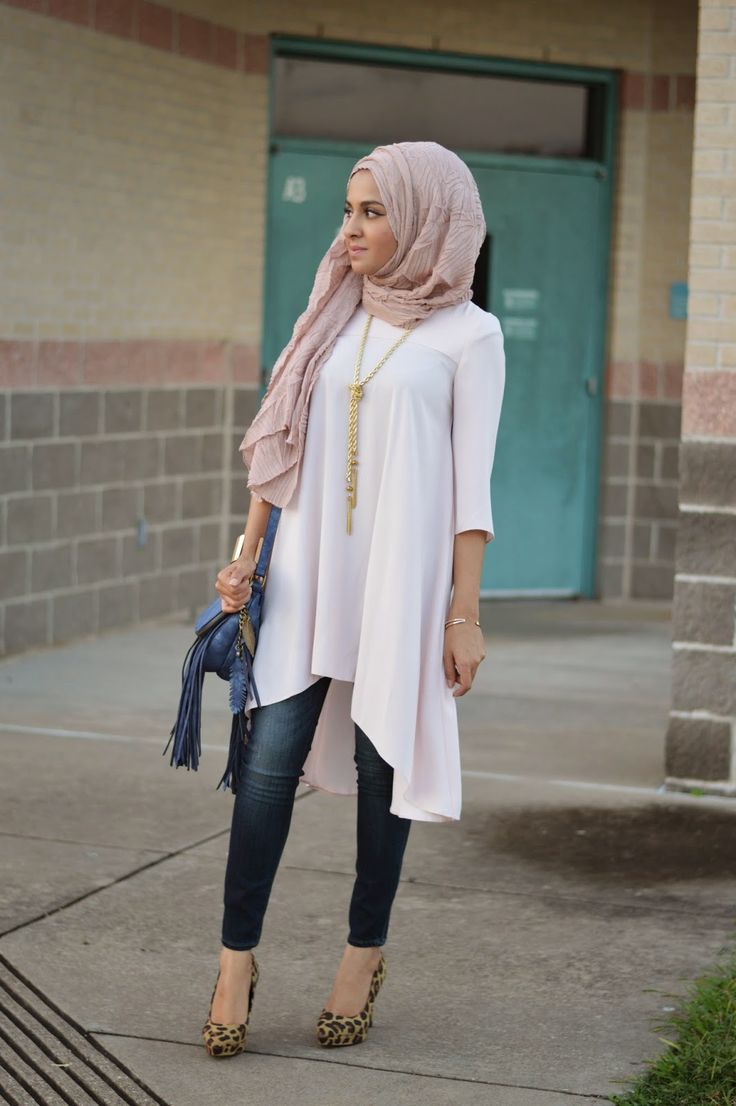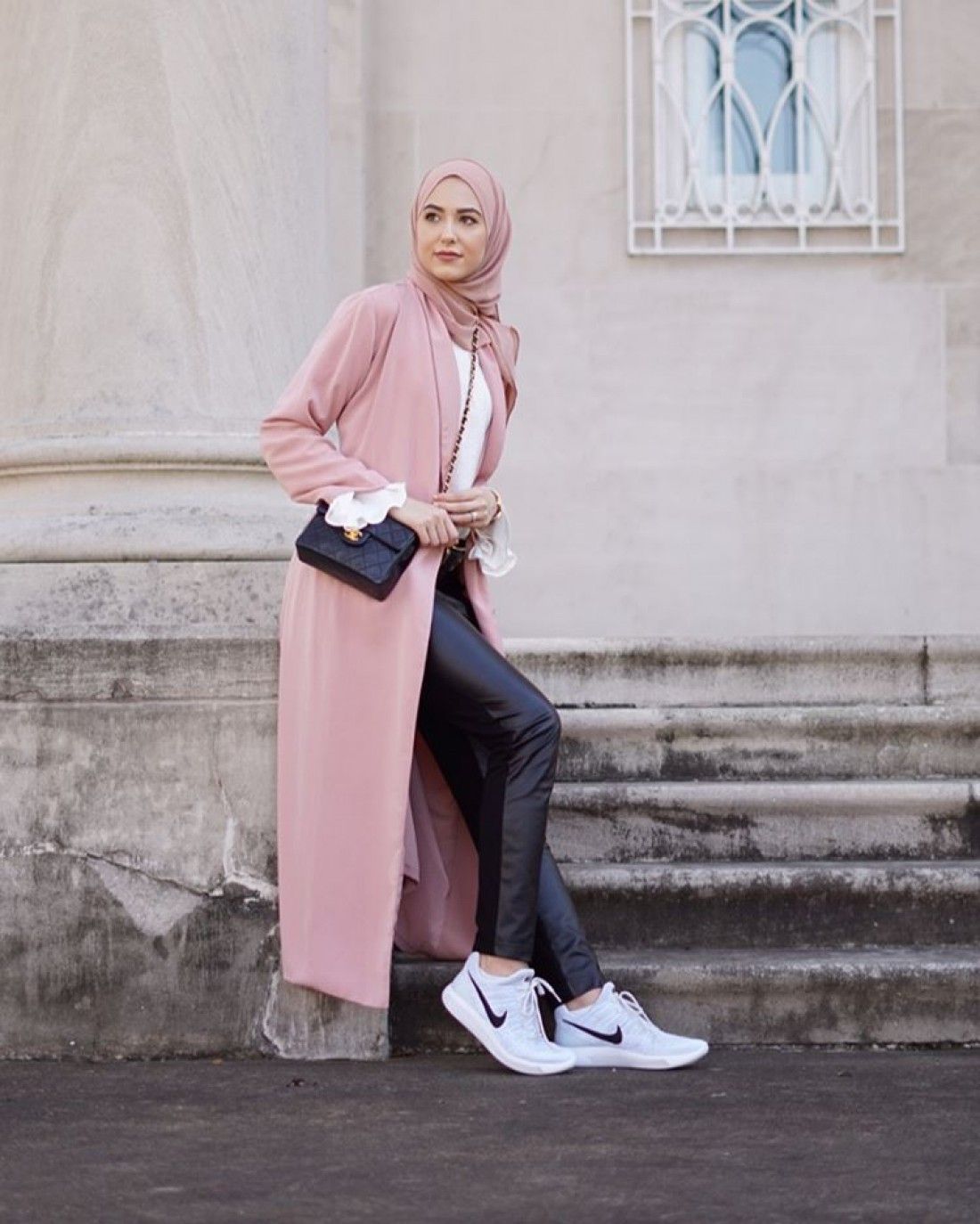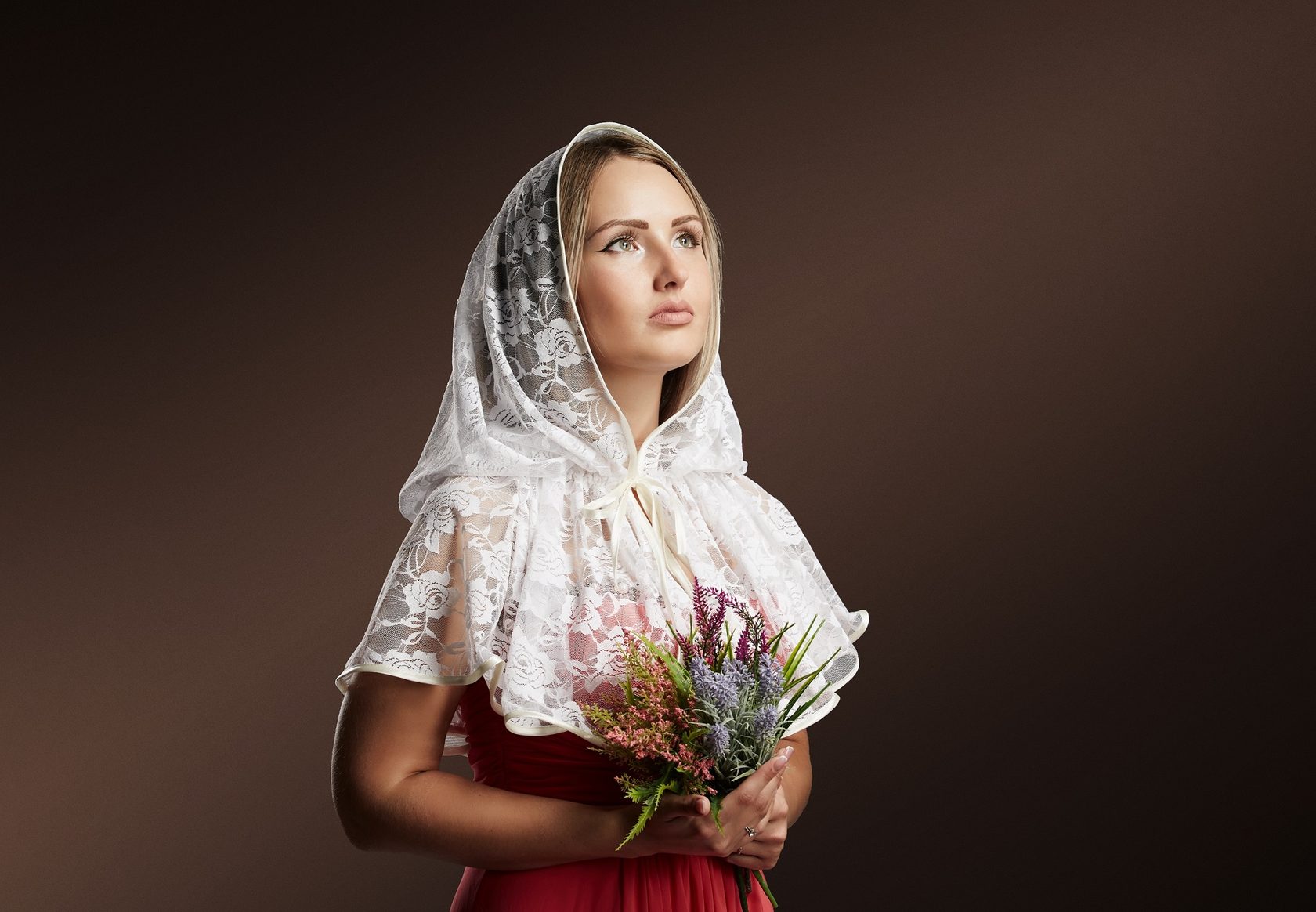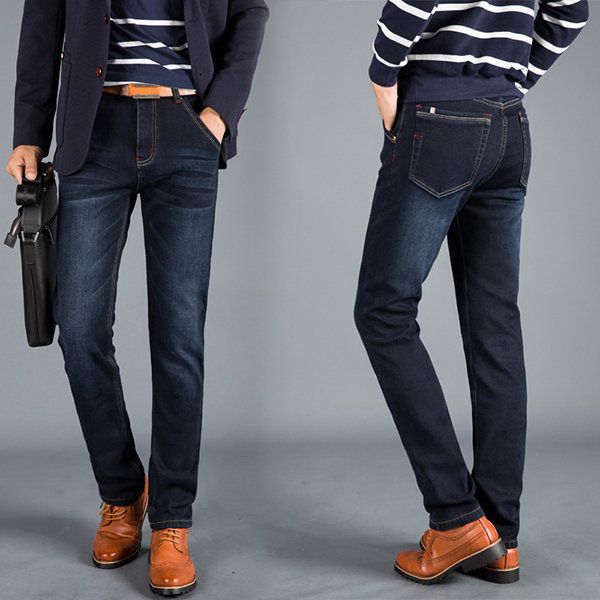Hijab literally translates from Arabic as "obstacle", "concealment". The product is a specific garment designed to cover a woman's face and body from prying eyes. The modern hijab is a veil or a wide shoulder-length scarf that hides the hair but leaves the face visible. Muslim women wear it for various reasons: because of religion, family traditions, social norms.
What is it
Hijab is a traditional Arab women's head covering that covers the hair, neck, and shoulders. This item of clothing is designed to hide everything: youth, beauty, and a smile. It is cut from natural fabrics: thick cotton, linen, viscose. The material must be breathable and comfortable to wear. Preference is given to fabrics of discreet tones: beige, black, brown, white, cream.
In addition, the term described can be used to refer to clothing that completely covers the body of a Muslim woman. In this case, it is most often a burqa that is meant, since for Arabs, hijab is something that symbolizes loyalty to tradition and religion. If we are talking about a foot-length veil, it should:
- look modest, do not serve as an accessory;
- not be translucent;
- have a loose cut that hides the figure.
When wearing such a headscarf, a Muslim woman cannot use perfume or other aromatic products.
Today's Arab girls do not fulfill most of these requirements, while calling almost all covers and capes hijab. In their opinion, if the body is hidden from prying eyes, then they have observed all the rules prescribed by faith. But wearing a hijab has another purpose. There are several reasons why Muslim women wear such a headdress, but the key idea of the scarf is to show humility.
Not every Muslim country requires girls to wear the hijab, and in some it is even prohibited. Such clothing is mandatory in Afghanistan, Iran, Yemen, Saudi Arabia, Sudan. In Turkmenistan, Kazakhstan, Azerbaijan, Tajikistan, the government prohibits girls from wearing hijab in state and educational institutions.
The Muslim men's headscarf is called a keffiyeh. It is fundamentally different from the hijab, since it has a different purpose - to make it easier to walk through the desert and to prevent sunstroke.
History of appearance
The history of the origin of this garment will help you understand what a hijab scarf is and why you should wear it. In Persian culture, women, regardless of age and social status, were forbidden to go out in open, light clothing. That is why girls covered themselves with veils. If a lady appeared on the street without a long scarf, it was considered an insult. Grooms were allowed to see the bride only once before the wedding. At that time, she also wore a stole.
In addition, girls wore such clothes so that their faces and bodies could not be seen by married men. It was believed that this would minimize the likelihood of cheating and divorce. Closed clothing was a must for women with facial defects or anatomical anomalies.
Today, most girls of this faith living in Europe organize rallies and defend their rights to wear the clothes they like.
Wearing Rules
In Islam, Muslim women wear a hijab, observing certain traditions and recommendations that reflect the meaning of the garment. A woman dressed in such a stole can also look attractive, but at the same time she will be protected from the views of strange men. At the same time, the dogmas of Islam will be observed. The main rules for wearing a hijab:
- clothing should conceal the body as much as possible - it is permissible to leave only a slit for the eyes, in some countries it is permissible to open the forehead, chin, and hands;
- the product must have a loose fit;
- Only neutral colors are allowed;
- natural fabrics without synthetic additives are used for sewing;
- the outfit looks modest and cannot be decorated.
Despite the fact that the rules of wearing the product do not allow you to open your hair, neck, shoulders, you can also look attractive in a hijab. Simply tying it on your head is not enough. Muslims tie the scarf in a special way.
- The fabric should be thrown over the head, the edges should be secured with pins - the cloth should hang down.
- Throw one end over your neck and secure with a pin.
- Do the same with the other end, only it is fixed to the temporal zone.
- There is no need to tighten the fabric too much; it should hang freely and fall on the neck in soft waves.
Many modern Muslim women wear the hijab as an adornment, decorating it with stripes, beads, appliques, and brooches. Such decor is categorically contrary to the Koran and does not comply with the rules. It is also not recommended to apply makeup under such a headdress.
Types of Muslim Women's Headscarves
Conventionally, the types of Muslim headdresses can be divided into two groups: those that reveal and those that hide the face. Most Europeans confuse them and think that they look the same, but this is not true. There are the following types of hijabs that are commonly worn in Asian and Eastern countries:
- The burqa is a dress. It looks like a full-length robe with a scarf. The burqa completely covers the face, leaving only the eyes open. Wearing it is not a mandatory rule of the Koran, the choice is up to the woman.
- A chador is a veil that is thrown over the head and completely covers the body. The product does not require fastenings, so it must be held with hands.
- Khimar is a scarf-cape that reaches the waist. It covers the head, hair, neck, shoulders, chest. It is most often worn by women living in the Middle East and Turkey.
- Sheila - a long scarf that is tied loosely around the head and hangs from the shoulders. Most popular in the Gulf countries.
- Hijab is a scarf made of natural fabric that covers the head and neck. Most often, Muslim women living in European countries wear it, showing their religious affiliation.
- Niqab is a wide scarf that, like the burqa, covers almost the entire face, leaving the eyes open. It is often cut from light, translucent fabrics and reaches the shoulders.
- Amira is a garment made of two parts. First, a small, tight-fitting cap is put on, and then a scarf with a cutout for the face. The garment completely covers the neck and chest. It is worn in Central Asia and Afghanistan.
- Burka is similar to a burqa, but the eyes are hidden under a thick veil.
Each of these garments is cut from natural, breathable fabrics. The coloring should be monochromatic, without flashy patterns. Additional decor is not welcome.
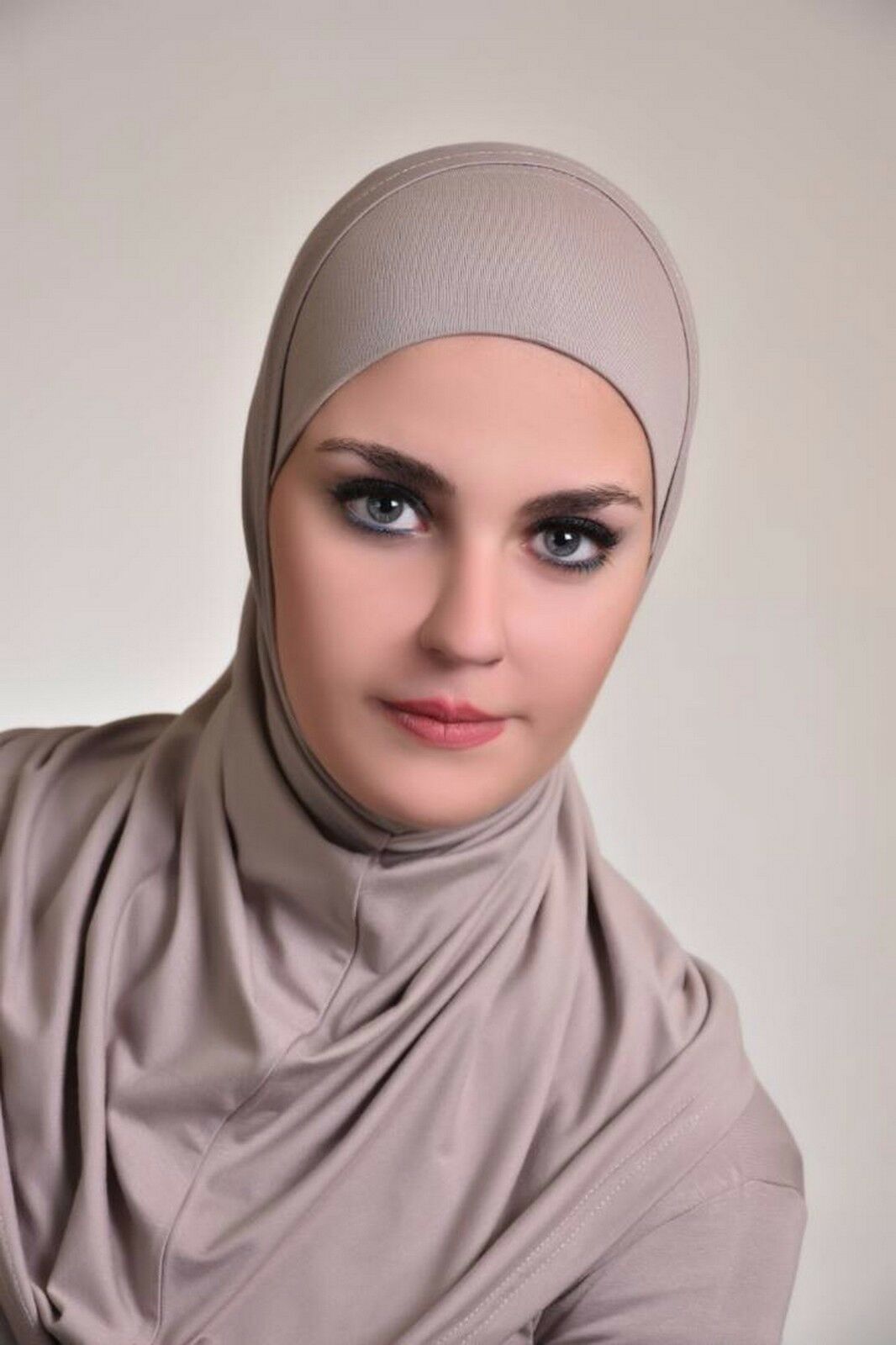

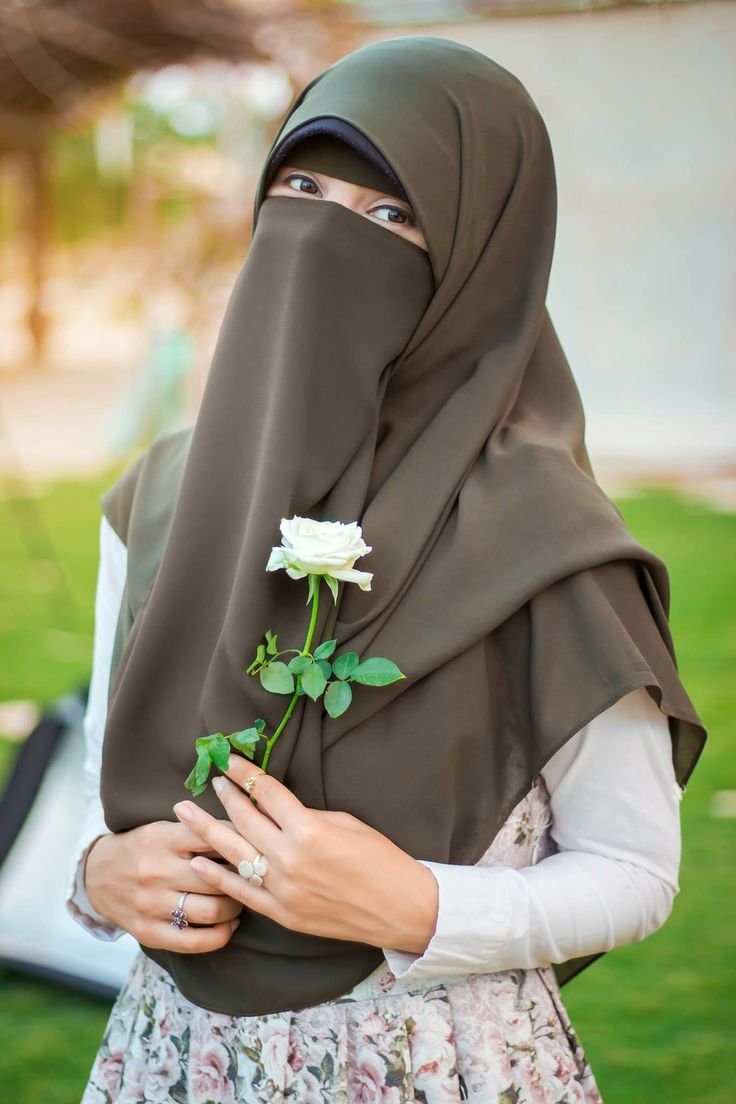
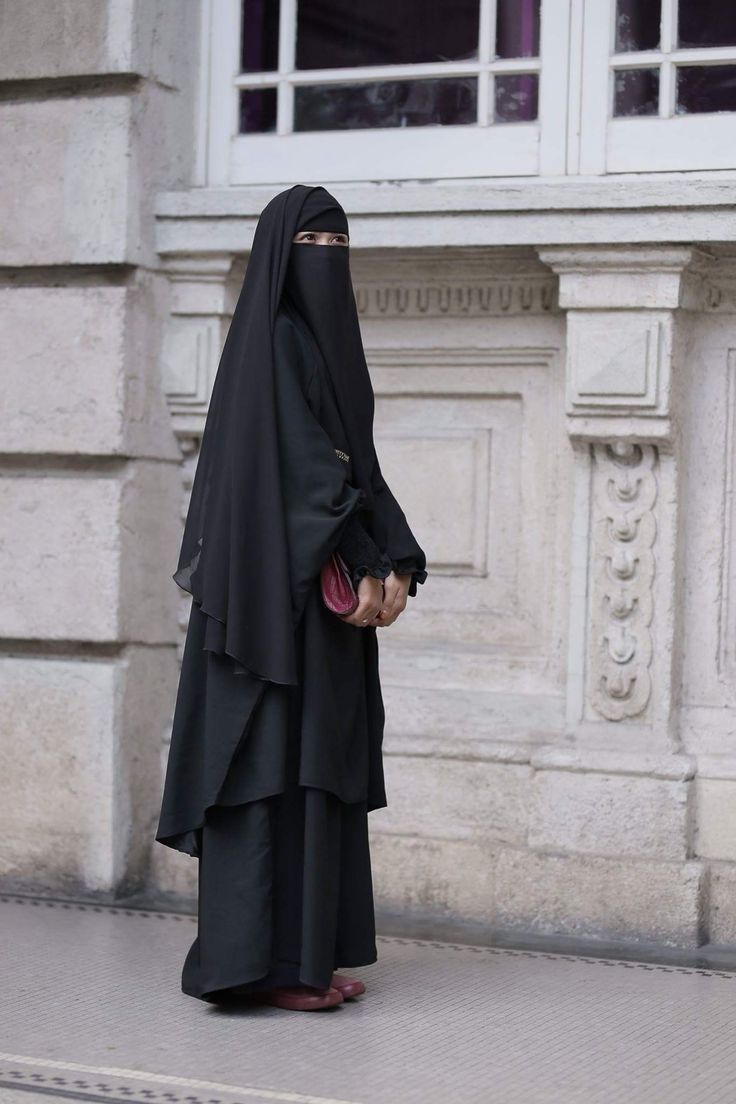
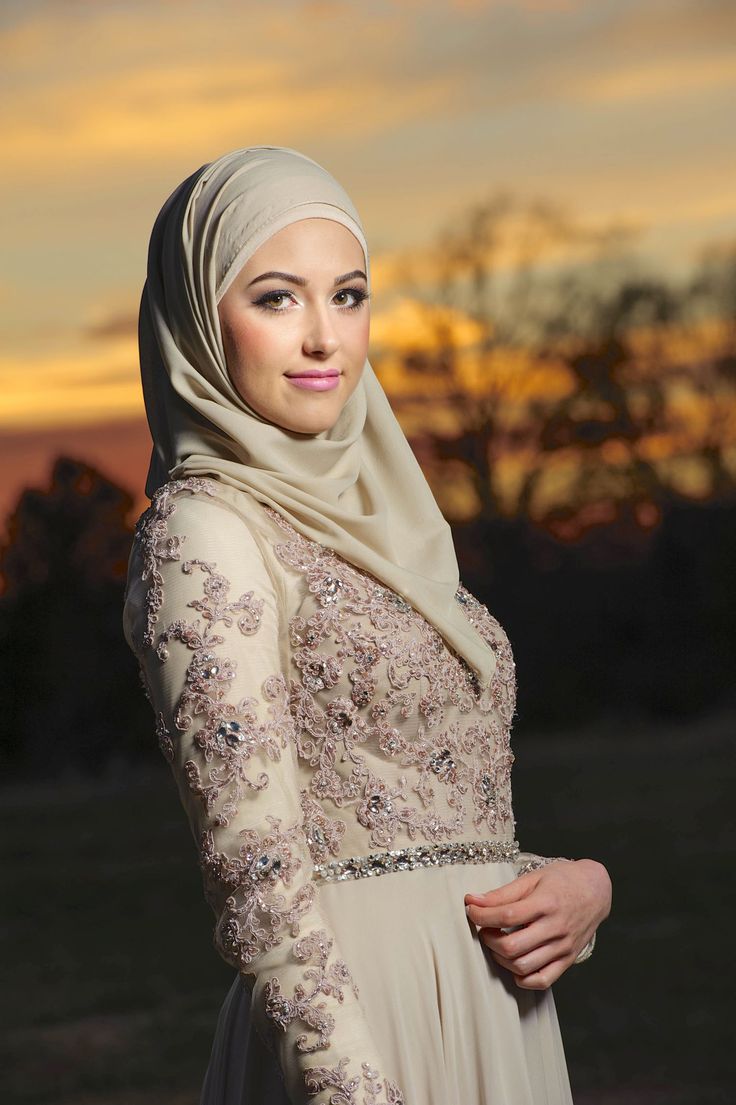
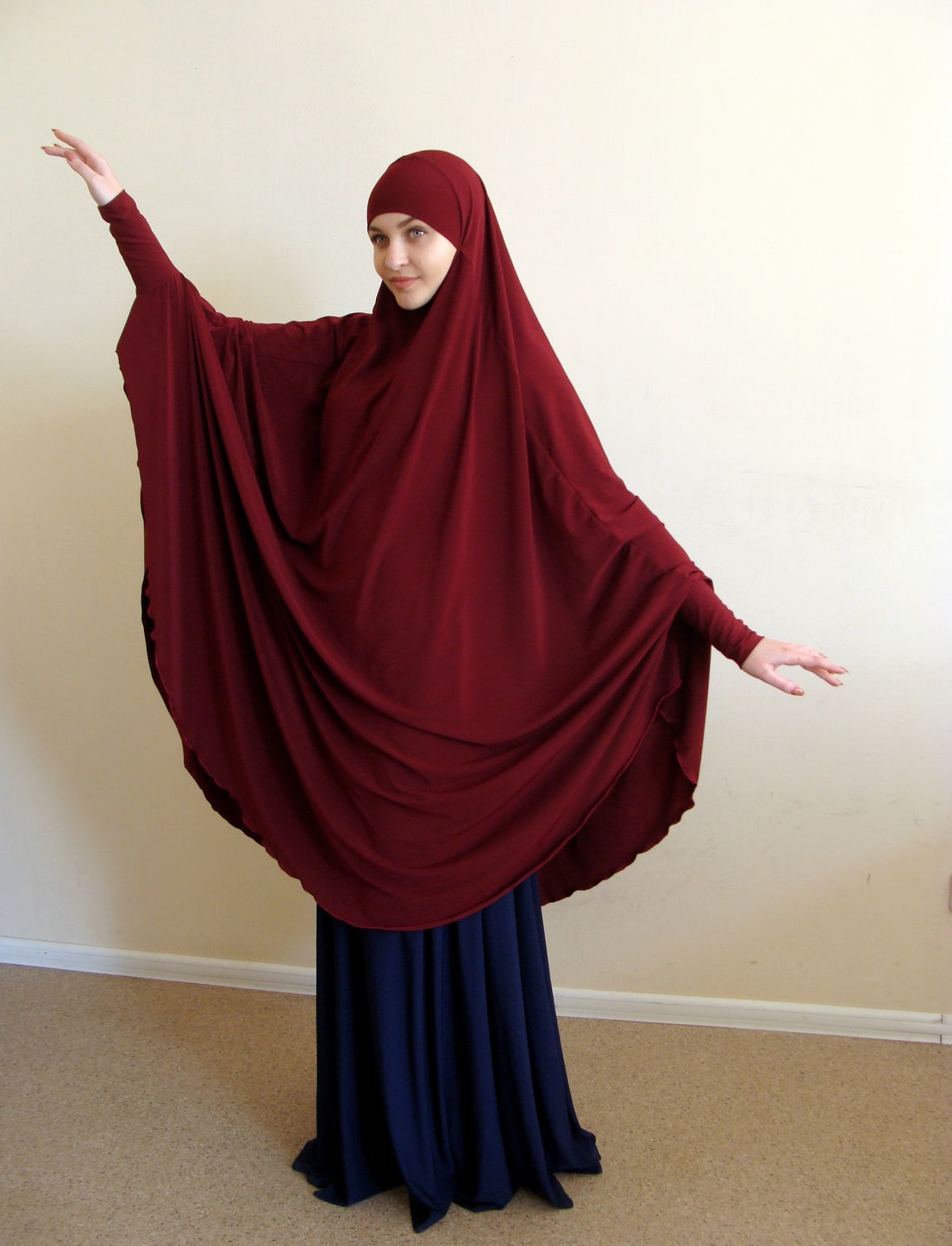
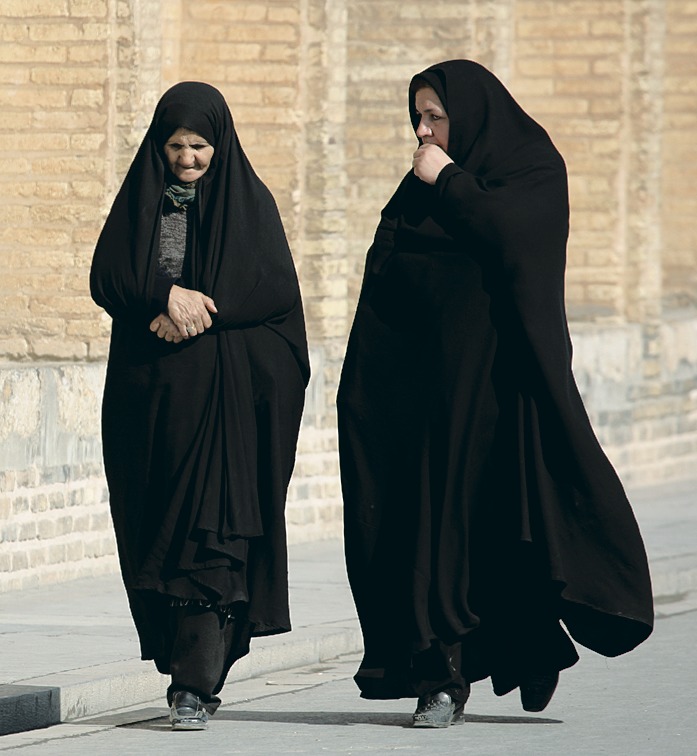
Fashion trends
Islamic fashion has long reached European countries. Today, the hijab is often present at shows of leading fashion designers. Moreover, the products are introduced into a variety of styles, including sports chic. Some couturiers also produce special lines of hijabs designed for Muslim women. Such products look beautiful, but only partially meet the requirements of the Koran.
Eastern women often break with tradition and try to wear a hijab while following fashion trends. The product is combined with sports suits, wearing a cap over the scarf. This look contradicts the Koran in almost everything, but looks very impressive. Another innovative solution is an unconventional way to tie a scarf.
Young Muslim women often combine the hijab with a short shirt dress, under which they wear leggings or cropped jeans. The debate about whether women living in European countries can wear such a headdress and how to do it still continues. As practice shows, many girls are not going to give up this traditional product, they wear it, trying to follow fashion.
Video

